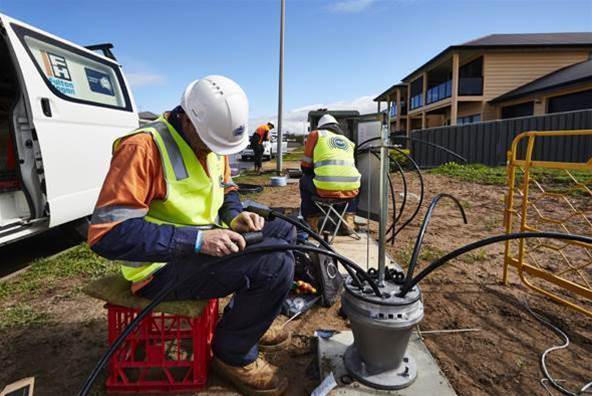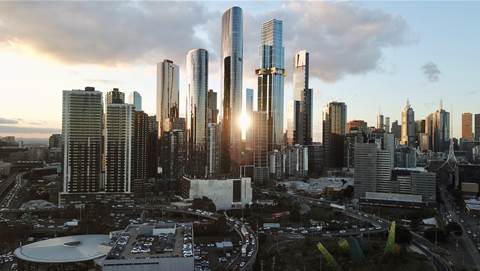NBN Co more than doubled its profit between 2021 and 2022, driven by growth in its subscriber base and falling costs, but its high-speed customer base and average revenue per user (ARPU) remain almost unchanged since 2021.

The network operator reported just one percent growth in customers connected to speed tiers higher than 50 Mbps download in the financial year just ended.
Customers’ reluctance to upgrade their speeds inhibited ARPU growth, which was almost unchanged at $46, up from $45 in financial year 2021. That growth was recorded in the first half of 2022.
CEO Stephen Rue said today the ARPU growth was forecast in guidance offered in the 2020-2021 financial results.
Announcing the results, Rue also said NBN Co will release a new special access undertaking (SAU) discussion paper at the end of this week, with an eye to having a revised SAU accepted by July 2023, in line with recently-declared expectations from the government.
The company reported earnings before interest, taxation, depreciation and amortisation (EBITDA) of $3.1 billion, up 130 percent from the $1.3 billion it reported for the 2020-2021 financial year.
Net loss declined from $3.8 billion to $1.5 billion.
NBN Co’s revenue from telecommunications rose 13 percent year-on-year to $5 billion, and the number of premises activated rose from 8 million to 8.5 million.
Falling costs contributed more than $1.2 billion to the result: operating expenses fell from $2 billion to $1.86 billion, even though events like NSW and Queensland floods pushed direct network costs up 10 percent to $730 million.
As NBN Co began to wind up the transfer of customers from the Telstra and Optus networks to its own, subscriber costs fell from $1.2 billion in 2020-21 to just $175 million in 2021-2022.
Even though the network build was declared complete in September 2020, NBN Co’s capital expenditure only fell by $269 million, from nearly $2.8 billion to $2.5 billion.
NBN Co said capex was driven by network upgrade investments, new customer connections, expansion in new developments, capacity upgrades, and software development investment “to deliver efficient and secure operations”.
The experience of the NSW and Queensland floods this year will encourage NBN Co to continue expanding its fibre footprint, a project already important to the organisation to allow it to put its fastest services in front of more customers.
In NBN Co’s earnings call, Rue said “We have a network investment plan that will deliver access to close to gigabit speeds to 9.7 million premises by the end of 2025".
To encourage takeup, he added that “it is imperative that we get our wholesale pricing right” to make the switch attractive to customers.
However, there’s another benefit to that rollout: more fibre, Rue said, “helps to make the network more reliable and resilient.”
Gigabit focus
For the next financial year, NBN Co will be looking to customer adoption of its "ultrafast" (up to gigabit) services to expand ARPU.
During the earnings call, chief customer officer Brad Whitcomb said customers connecting directly to fibre services represented a “$12 to $15 ARPU uplift”.
Whether or not that “materially impact” customer-wide ARPU depends on how many of customers currently able to adopt FTTP services do so.
At June 30 2022, 230,000 FTTN customers were eligible to upgrade to FTTP, and around 380,000 FTTC customers could similarly request an upgrade.
HFC upgrades were completed during the 2021-2022 financial year, representing another 2.5 million premises able to purchase up to gigabit services.
The company said a total of 5.1 million premises are in the FTTP footprint and are being progressively offered the chance to register to make the change.
Fixed wireless
The other key infrastructure project Rue highlighted in the results call was NBN’s $750 million expansion and upgrade of its fixed wireless network, covering 2200 fixed wireless sites and more than 22,000 cells.
The expanded fixed wireless footprint will enable 120,000 currently satellite-only customers to switch to fixed wireless.
NBN Co said when the upgrade is complete, it hopes 85 percent of fixed wireless customers will be able to purchase 250Mbps download services, more than double the current limit of 100Mbps.

















.png&h=141&w=208&c=1&s=1)

